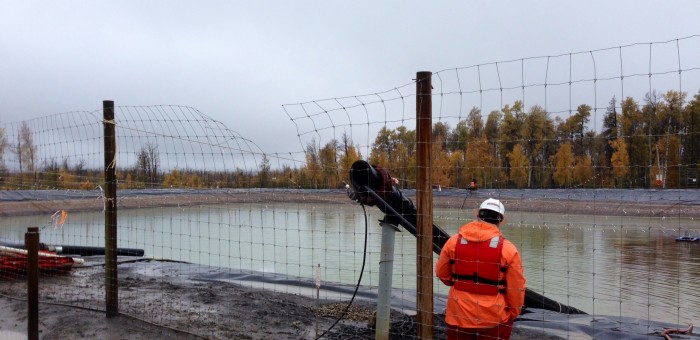Exploring BC’s growing deep well royalty credit liability
Today in the legislature I rose during budget estimate debates for the Ministry of Finance to ask about the growing liability that British Columbia is incurring through the deep well royalty credit program. Last spring I extensively canvassed the Minister of Energy, Mines and Petroleum Resources on the same topic. It was revealed that that as of December 31, 2017 there are $3.1 billion in unclaimed credits. It turns out that another $383 million was added last year.
Below I reproduce the video and text of our exchange. The BC Green Caucus remains profoundly troubled by the generational sellout embodied in the BC NDP corporate welfare aimed at trying to attract LNG to BC.
Video of Exchange
Text of Exchange
A. Weaver: This is for the benefit of the children in the gallery from, I believe, Surrey Christian School. What we’re doing here in the Legislature is we’re debating estimates for the Ministry of Finance. It’s a time for opposition MLAs, the Liberals or the Greens here, to pose questions to the minister about various budgetary issues that are related to her file. I’ll be asking about some finance questions with respect to natural gas royalties.
The reason why I’m posing these to the minister is that I did ask last time: the deep-well royalty credit program is actually administered by the Ministry of Finance. The qualified wells receive these credits automatically, and they don’t need to apply separately.
The credit was first created in 2003, expanded in 2014, and in last year’s public accounts, the unclaimed balance of deep-well credits totalled $2.59 billion. A further $3.5 billion has already been cashed in to reduce royalties that would otherwise have been payable. This program has reduced gas producers’ existing and future royalty liability to the Crown by nearly $6 billion.
My questions in this area are this: how many deep-well credits were issued over the past year and to whom?
Hon. C. James: The member asked how many deep-well credits. We don’t have the information around the breakdown of which are new credits and which are continuing credits with us, but I’m happy to get that information for the member of which are new. We don’t have that breakdown with us, and we’ll get that information.
On page 120, it identifies the number for new, and that would be $383 million. Then the identifier — the member asked how many and who got them — is personal tax information so we can’t provide that. But we’re happy to get the information and get it back to the member around the number of new credits for this year.
A. Weaver: Further on…. I suspect I’ll get a similar answer, and I welcome the information at a later date. How many deep-well credits have been issued since 2014 and to whom?
Hon. C. James: We’ll add that to the information for the member. We don’t have that information with us.
A. Weaver: My question, then, is: why is there not a standard public disclosure of these credits and royalties that are received? There is, for example, for stumpage fees in the province, under the harvest billing system. Why are we not making public the royalty credits that are being claimed here?
Hon. C. James: This credit, the deep-well credit, fits under FOI, and under FOI, we can’t release taxpayer information. I can’t give an explanation around why it would be different, as the member talks about, in stumpage. But the requirement is under FOI to protect individual taxpayer information, which would include, of course, the names and the identifiers.
A. Weaver: The inconsistency, as was noted, is with respect to the harvest billing system, so perhaps we could explore that at some other date.
What’s the total value of deep-well credits that are still outstanding and that could be claimed against?
Hon. C. James: As the member pointed out, $2.6 billion in ’17-18. The ’18-19 numbers get reported out in Public Accounts. That tracking is just being done now, and they get reported out in Public Accounts.
A. Weaver: My final question is with respect to FOI, freedom-of-information, requests that went to the Ministry of Finance. The file number, for reference, is FIN-2019-90584. This was a freedom-of-information request put in by an independent person outside of the Legislature. What was being requested there was a list showing the total royalty credits granted to each company that applied for such credits in the most recent fiscal year.
Now, the freedom-of-information requests from the Ministry of Energy and Mines and from the Ministry of Finance provided completely different answers. The Ministry of Energy and Mines had no issue and provided, actually, the detailed credits, by whom and to whom, whereas the Ministry of Finance withheld all information.
So my question to the minister is: why is there a discrepancy between information we’re getting from the Ministry of Energy and Mines versus the Ministry of Finance?
Hon. C. James: The FOI request that the member is referring to was asking about the infrastructure royalty credits. The infrastructure royalty credits actually have a provision where when someone applies for the credit, they give permission for their information to be shared. That’s why Energy and Mines was able to share the information, because the infrastructure royalty credits have that application for the individuals when they apply. So that’s, obviously, a different program than the deep-well credits
Comments are closed.



